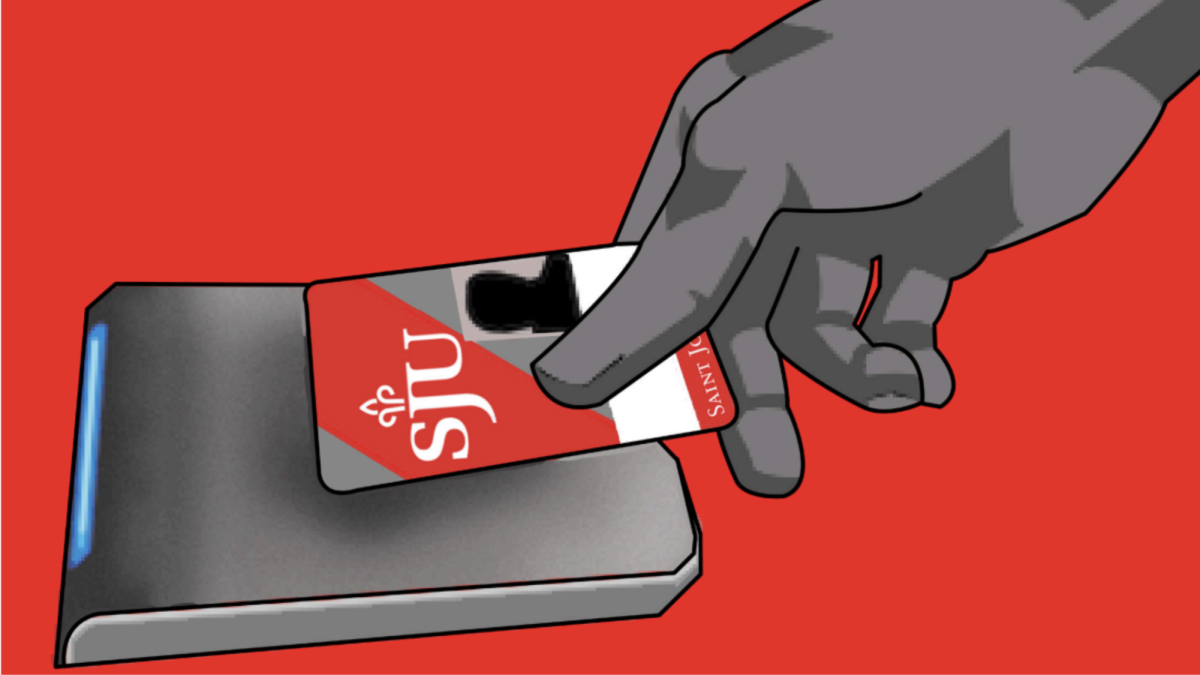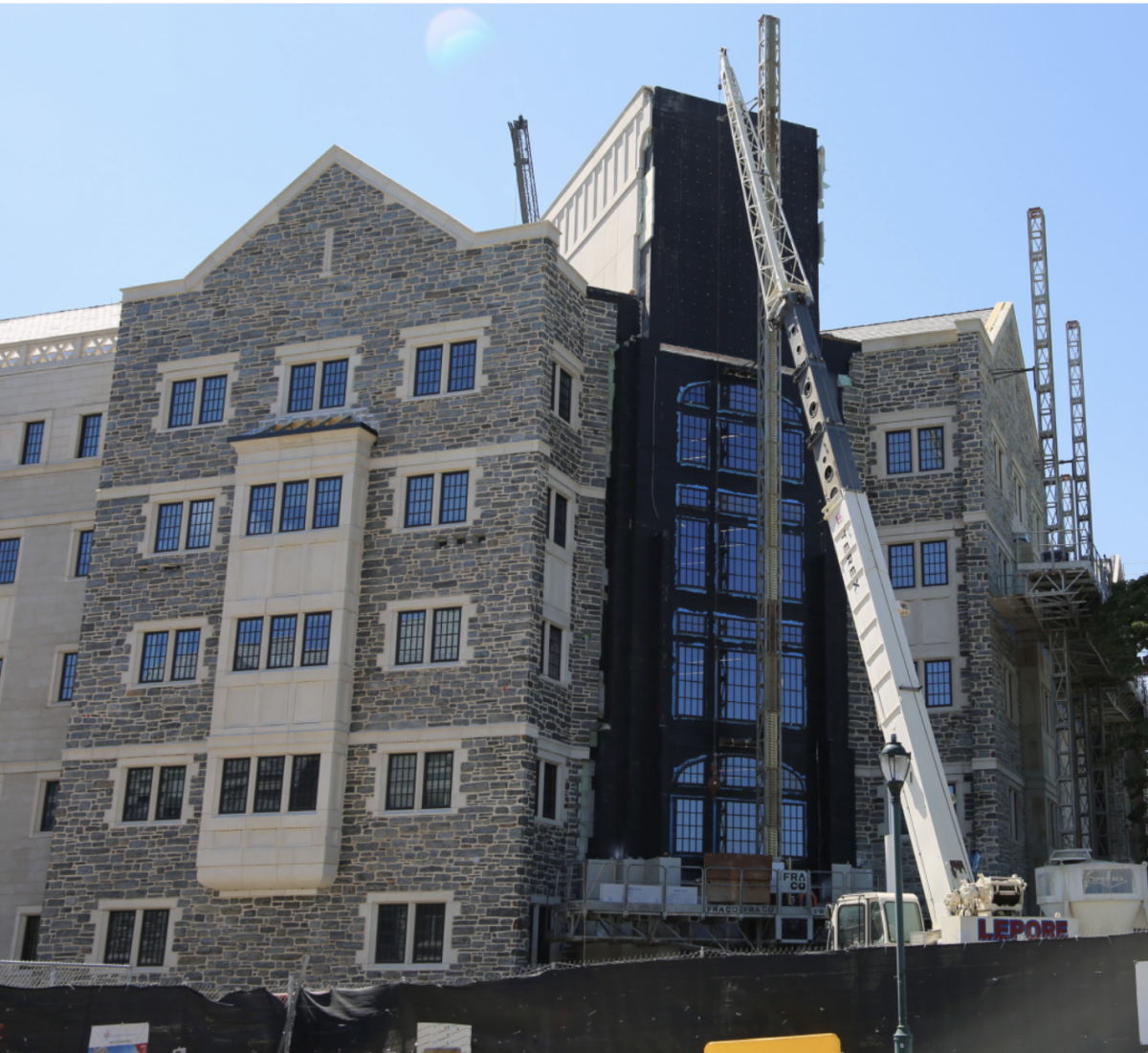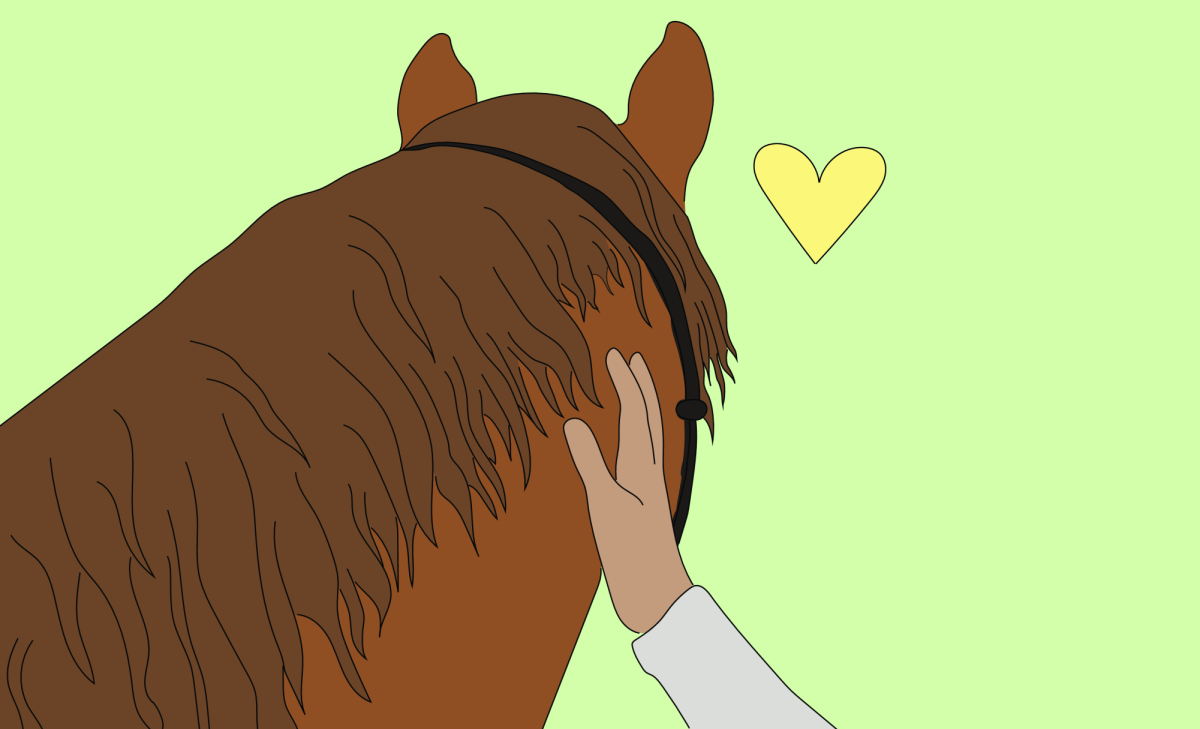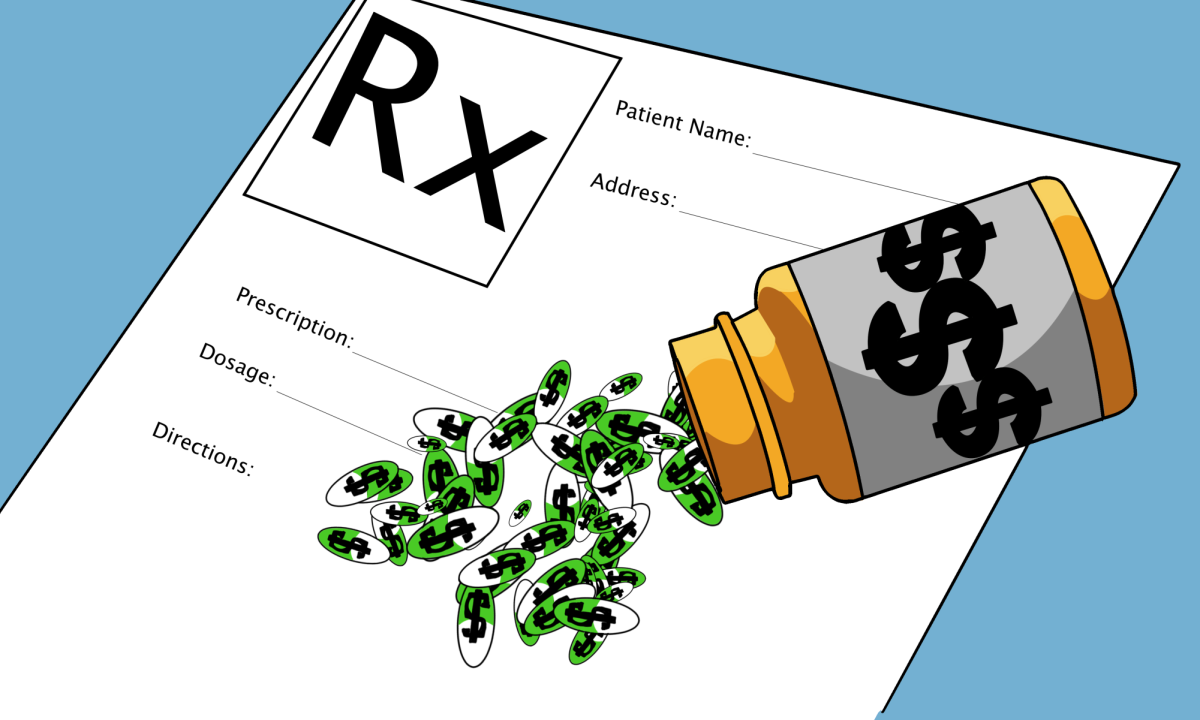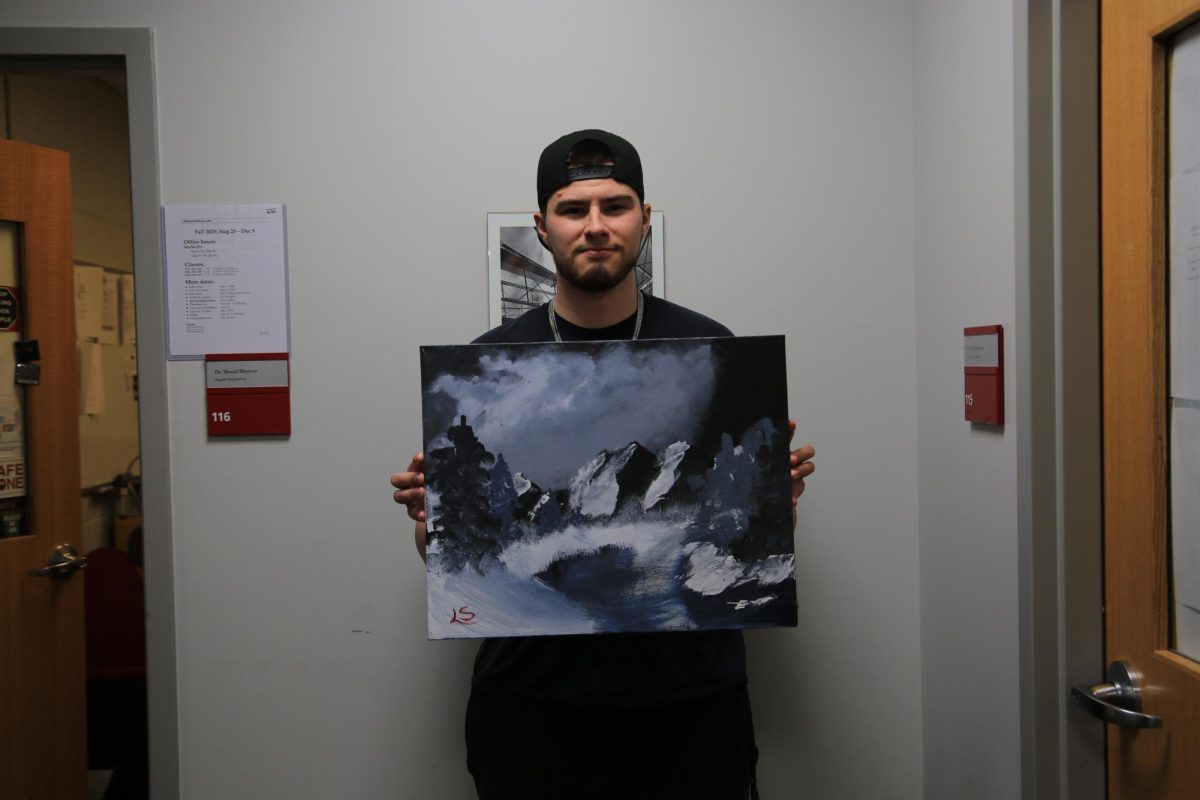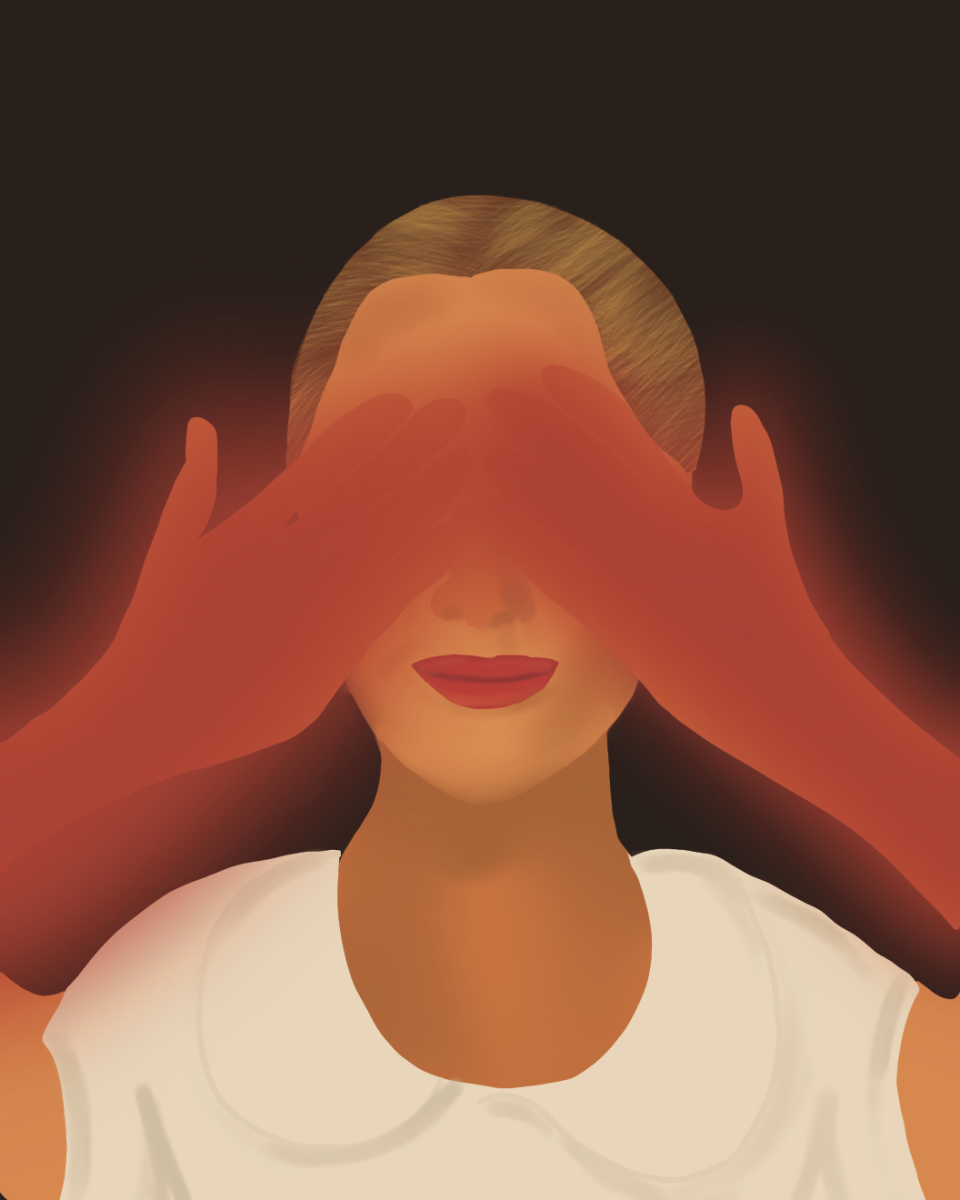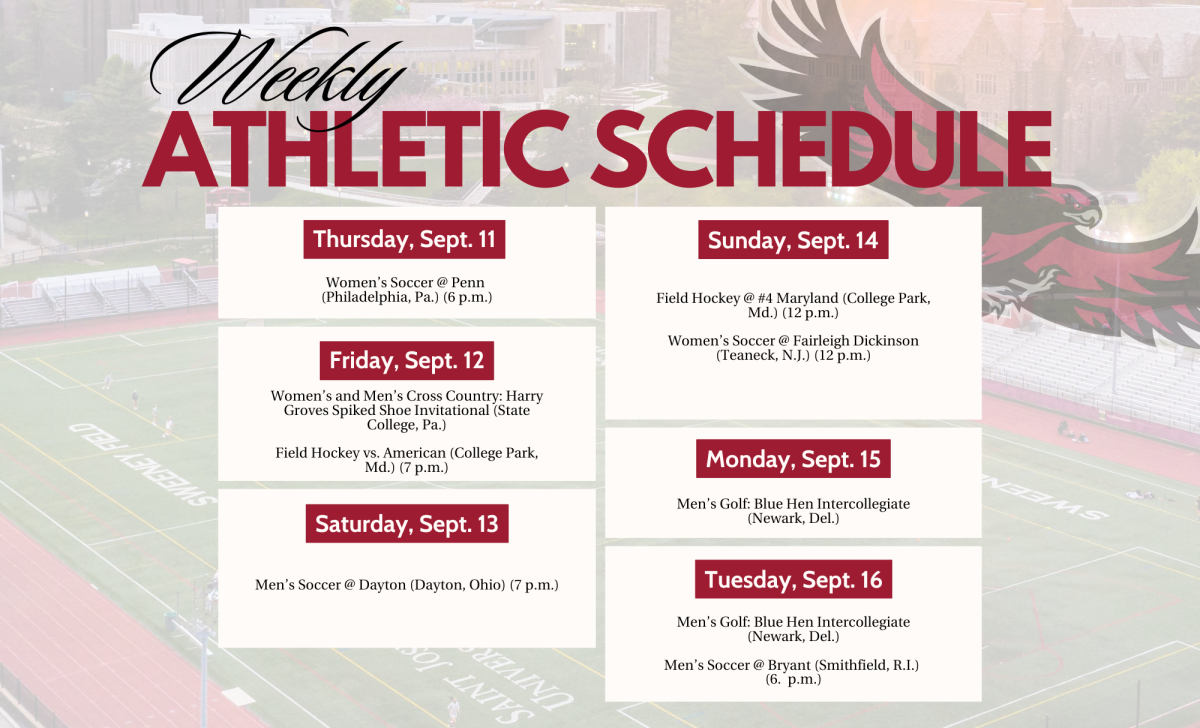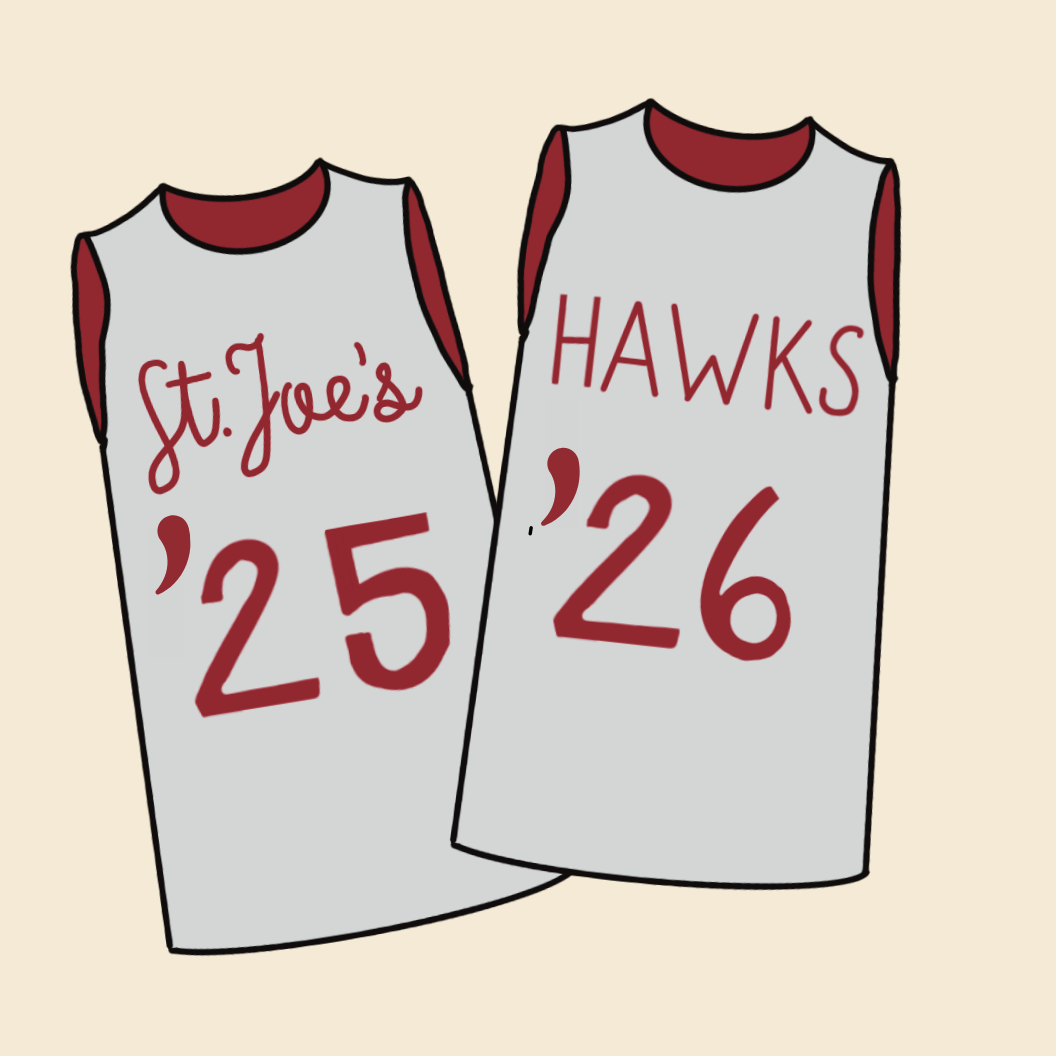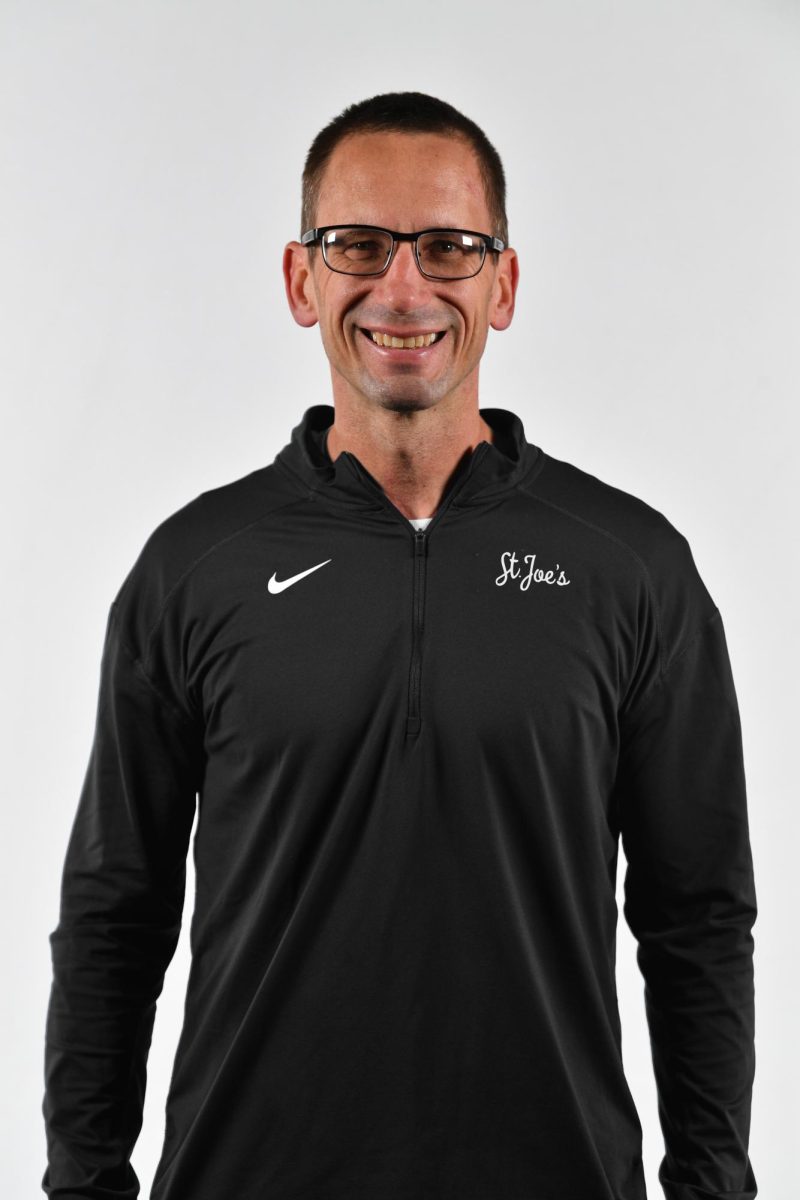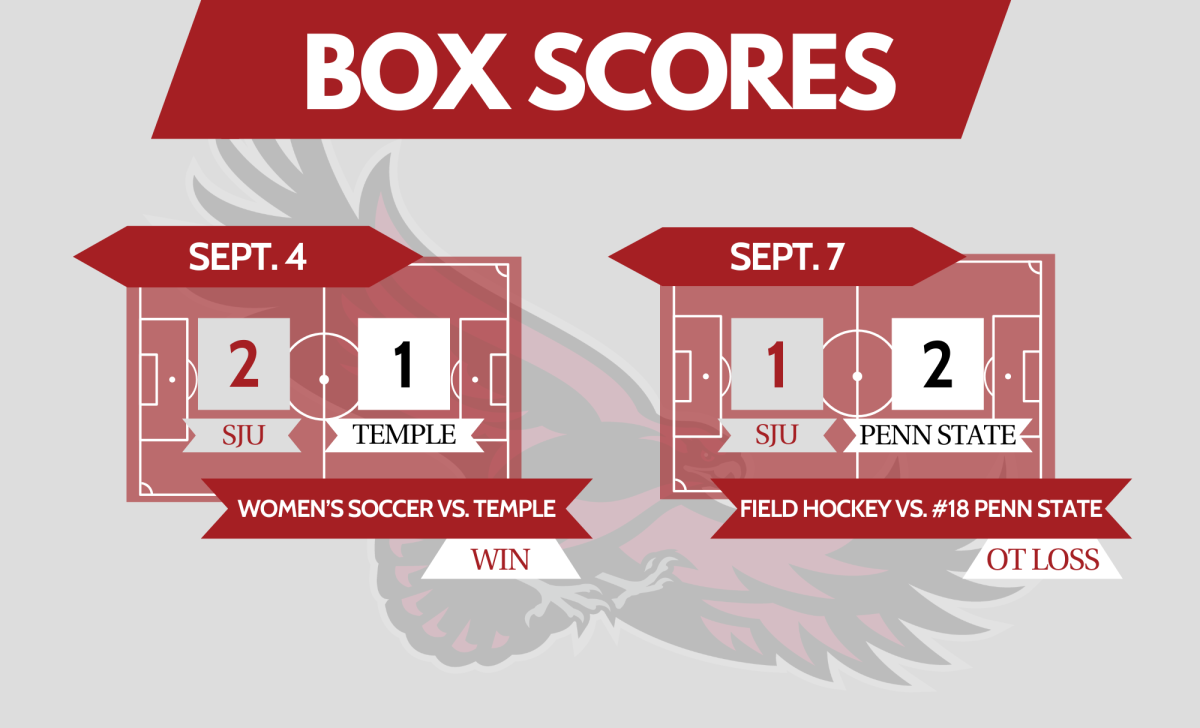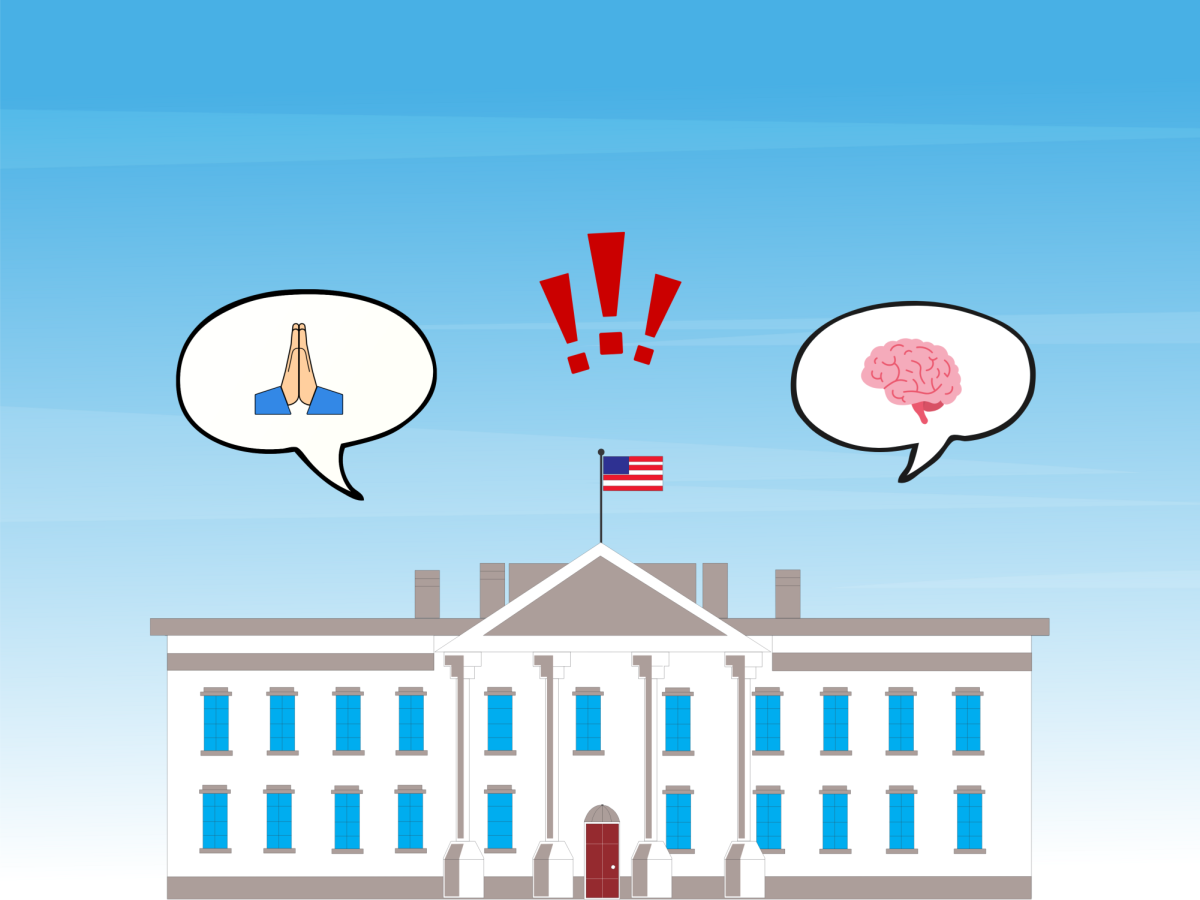Organ donation can save lives
When I got my driver’s license at 17, I never considered how checking the “yes” box to be an organ donor would affect me. Eight months later, that “yes” became a reality when I needed an organ donor for a sight-restoring corneal transplant.
One and a half years earlier, at the beginning of my junior year of high school, I woke up one morning with pain in my right eye and sensitivity to light. Thinking it was just a migraine, I opted for glasses instead of contacts and went to school.
Later that morning, the pain became unbearable, so I went to the eye doctor the next day. After my doctor diagnosed the pain as a small abrasion on my eye, she put medicine along my eyelid, covered it with a patch and sent me home.
But about seven hours later that day, the pain was excruciating. Only when I took the eyepatch off did I realize that the scratch on my cornea, the clear layer on the outside of the eye which is meant to refract light, had become severely infected. I was blind.
I was forced to go to an infectious specialist at Penn Presbyterian Medical Center in Philadelphia every day for months, missing six weeks of school because I couldn’t read. Once my infection was completely healed, I still had a large scar covering most of my eye, and while I was no longer fully blind, my vision was severely impaired. I had difficulty doing some of the things I loved, like playing lacrosse and reading for long periods of time.
Come February 2017, my doctor suggested I could get a corneal transplant to improve my vision. I never considered getting a transplant before. I was resigned to the fact that I would live the rest of my life with impaired vision and a large scar on my eye. But after going over the benefits and possible risks, including a 30% rejection rate, I decided it was worth it if I could see again. I went into surgery for my corneal transplant in March 2017.
Less than 24 hours after my transplant, when my protective eye patch was taken off, my vision was significantly better. While I couldn’t actually see well enough to pass the first line of an eye test, my vision was the clearest it had been in two and a half years.
My doctor told me that the cornea came from a 14-year-old boy, and up until that moment, I hadn’t processed the fact that someone had to die in order for me to see again.
Although 95% of adults support organ and tissue donation, only 54% are actually registered donors on their driver’s licenses. On average, organ and tissue donors can save up to eight lives and restore the sight of two people.
Losing a loved one is devastating, but knowing that they have improved the lives of so many people should inspire everyone to register as an organ donor.
Many people are hesitant to register as an organ donor because they feel doctors will not try as hard to save their life because their organs could be used in the future. This is simply not true. Doctors are bound by oath to save everyone’s life until there is nothing else that can be done. Once that point is reached, your last decision could be one that saves and improves the lives of ten people.
I was fortunate enough to find out who my donor was. His name was Michael, and he was a boy who died from heart failure due to the same heart condition that my brother has. Due to his heart condition, Michael had to receive a heart transplant when he was a young boy, and as a result he knew my younger cousin, who also had a heart transplant, through a summer camp they attended meant for transplant recipient children. Along with this, Michael’s father attended St. Joe’s, and his picture hangs in Overbrook Pizza. The similarities between my life and Michael’s are too profound for our connection to be considered anything other than fate.
I am so thankful to Michael and his family for choosing to be an organ donor. Though Michael’s donation did not save my life, he saved my vision, and completely changed my outlook on the simple act of checking “yes” on the organ donor box.


